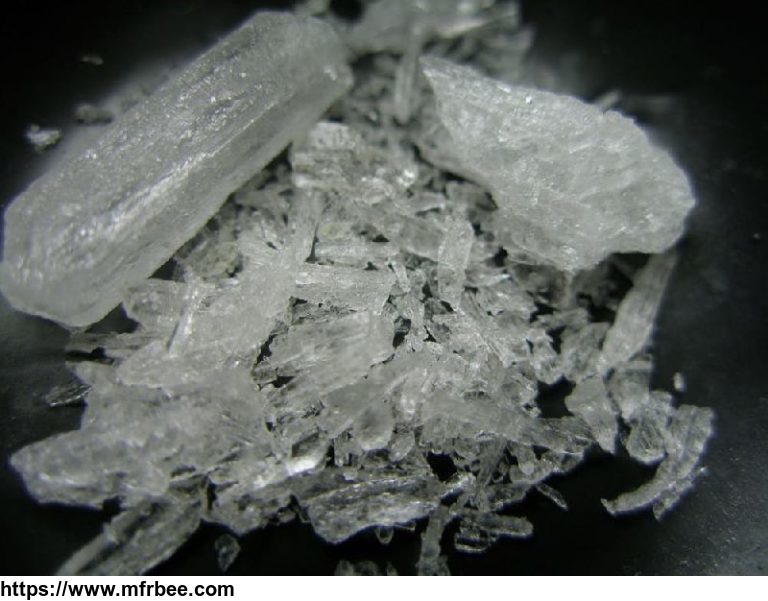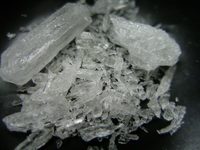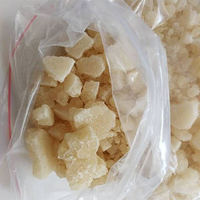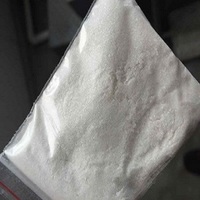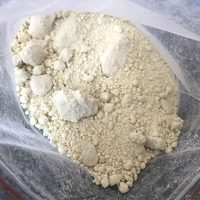3-FPM
Product Quick Detail
- FOB Price
- USD $100.00 / Piece
- Minimum Order
- 1
- Place Of Origin
- NETHERLANDS
- Packaging
- DISCREET
- Delivery
- 5Days
Specifications
The 3-FPM is pharmacologically a sympathomimetic drug and exhibits stimulant properties. The mechanism of action it follows is by acting as a releasing agent for dopamine and norepinephrine, thereby increasing its concentrations in the synaptic cleft of neurons in the brain. This causes an accumulation of neurotransmitters that eventually produces euphoric effects.
In humans, the scientific literature has limited data on the pharmacological properties, metabolism and toxicity of 3-FPM. The reason for non-existence of human consumption was that it was not sold until 2014, after that, online vendors started selling it as a gray area research chemical.
- Contact: valium online
